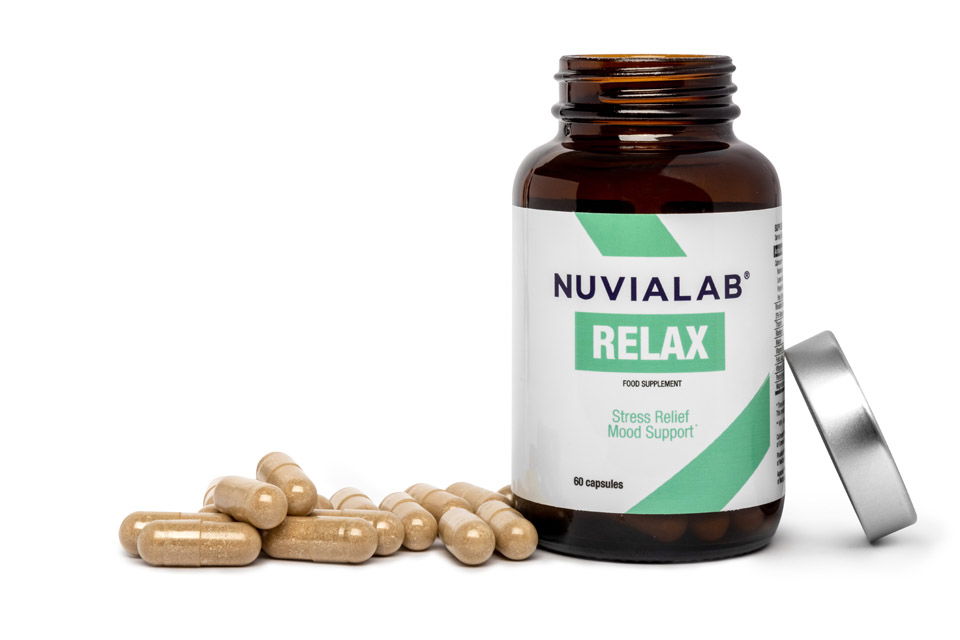Stress Management Techniques for Working Professionals
Modern life—especially for working professionals—often comes with high pressure, long hours, and little downtime. Whether you're working from home or in an office, it's crucial to use effective, low‑effort stress relief strategies that can be woven into your daily routine.
Work‑From‑Home Stress Relief Routine
Effective Routines
Examples of effective routines are as under:
- Pomodoro Work Cycles: 25-minute focused work, followed by a 5-minute stretch or breathing break.
- Desk Yoga / Simple Stretches: Upper-body twists, neck rolls, or shoulder shrugs to ease physical tension.
- Guided Breathing: Quick techniques such as the 4‑7‑8 breath (inhale 4s, hold 7s, exhale 8s) reduce cortisol immediately—all without leaving your desk.
According to observational studies, meditation at work is preferred—even over entertainment breaks—by nearly two-thirds of respondents in workplace stress surveys
Guided Meditation for Office Breaks
Mentioned below are the meditation benefits:
- Focus & Clarity: A short 5‑10 minute guided meditation can reset concentration and improve decision-making.
- Emotional Regulation: Mindfulness practice helps professionals stay composed under pressure.
- Physical Decompression: Pausing cellular tension buildup.
Try a simple script: Sit comfortably. Close your eyes. Inhale slowly counting to four, hold for two counts, then exhale. Visualize draining all built-up stress. Repeat for five minutes.
Progressive Muscle Relaxation & Rapid CBT Techniques
Drawing from documented stress management strategies, incorporate:
- Progressive Muscle Relaxation (PMR) — tighten muscle groups for 5 seconds, then release. Works well at your desk or standing beside it.
- Quick Cognitive Behavioral Therapy (CBT) hacks — challenge stressful thoughts like “I’ll never finish” with realistic reframes: “I have done similar before with success.” Effective even within brief office moments
Time Management & Micro‑Breaks
Being overwhelmed often stems from poor planning. Try:
- Task Batching — group similar items, then take a 2‑3 minute walk or stretch after each batch.
- Set Clear Micro‑Break Triggers — e.g., after two hours of back-to-back meetings, take a five‑minute aerobic or breathing pause.
- Recognize that structured downtime (sleep, short breaks, leisure) is scientifically linked to lower stress levels.
Incorporating Nature & Creative Outlets
Even if mostly indoors, you can still:
- Bring in greenery or natural light to reduce tension.
- Use coloring or doodling during short breaks: Research shows that structured creative activities lower anxiety while inducing a mindful state en.wikipedia.org .
- Even a brief stroll near trees or outdoor views can significantly reduce cortisol.
Summary Table
Technique | Purpose | Format |
| Pomodoro + Stretch or Breath Breaks | Reset stress hormone levels | 5 min every 25‑45 mins |
| Guided Meditation or Sleep Meditation | Mental clarity & relaxation | 5–10 mins during breaks |
| Progressive Muscle Relaxation (PMR) | Release physical tension | Seated or standing at desk |
| Quick CBT reframing | Reduce negative self-talk | Anytime stressful thoughts arise |
| Nature exposure / Coloring / Micro-walk | Emotional reset & creativity boost | 5–10 mins break activities |
Looking for more ways to manage stress in a professional setting? Don’t miss our article on Stress: Causes, Symptoms, and Management.
